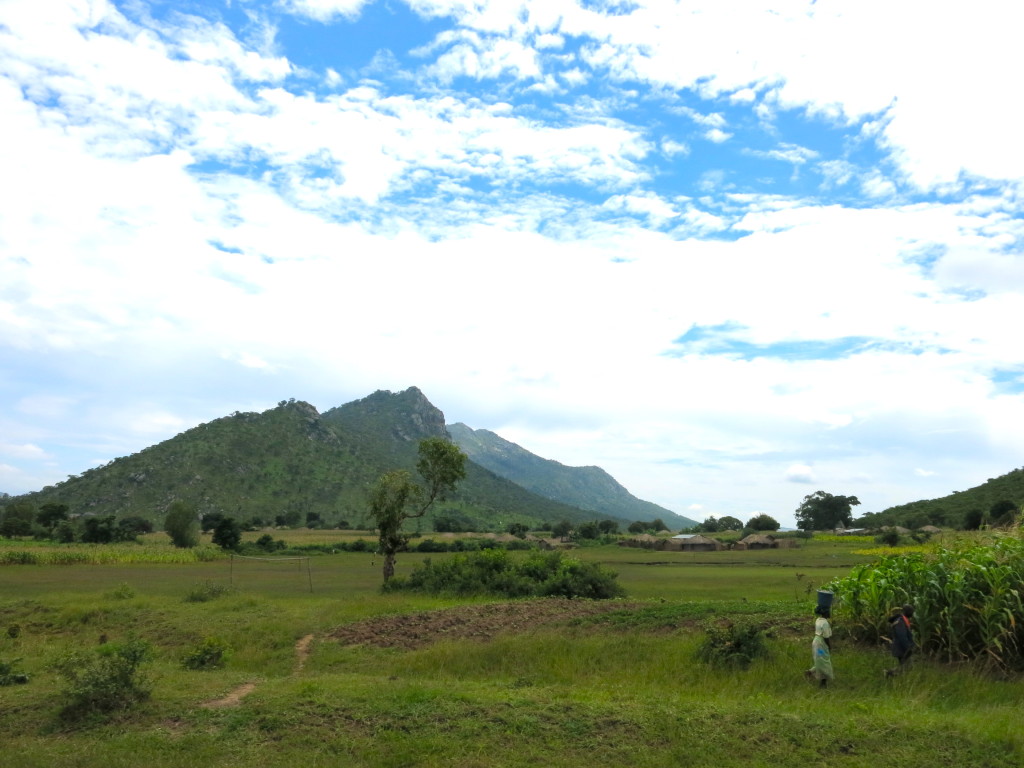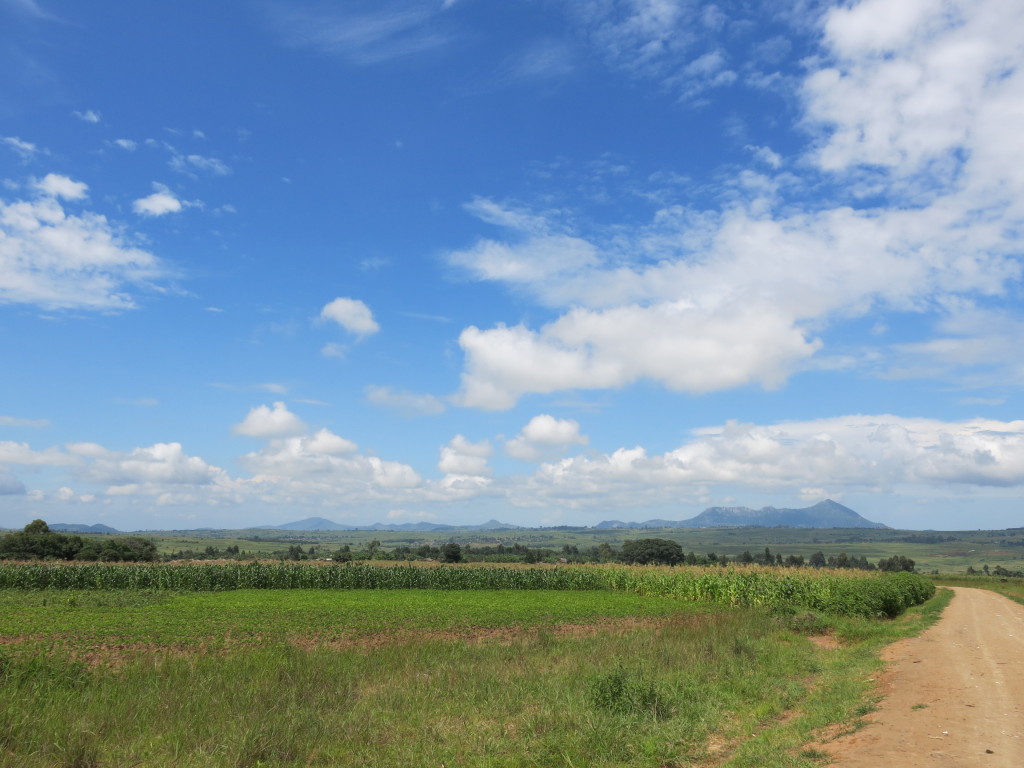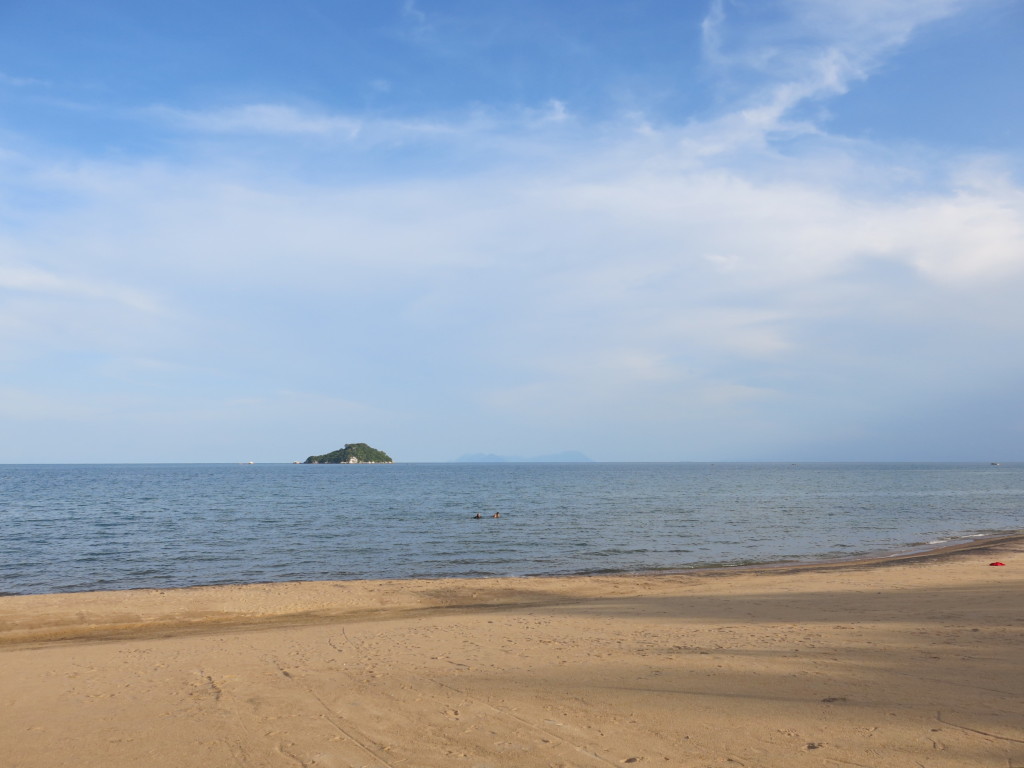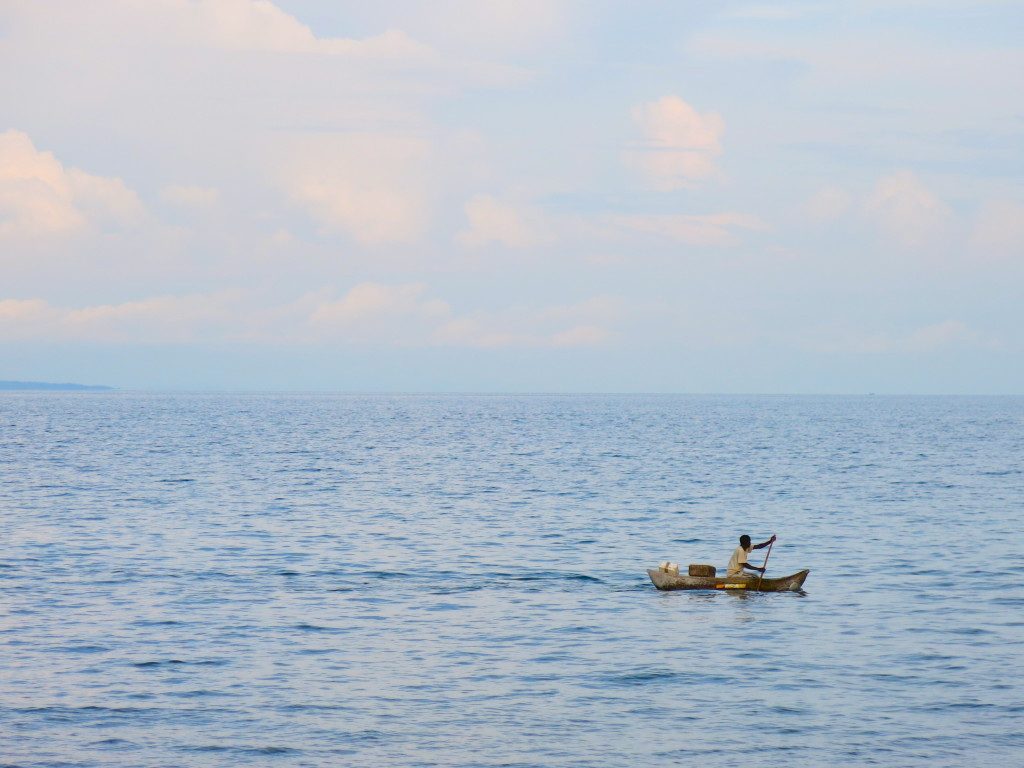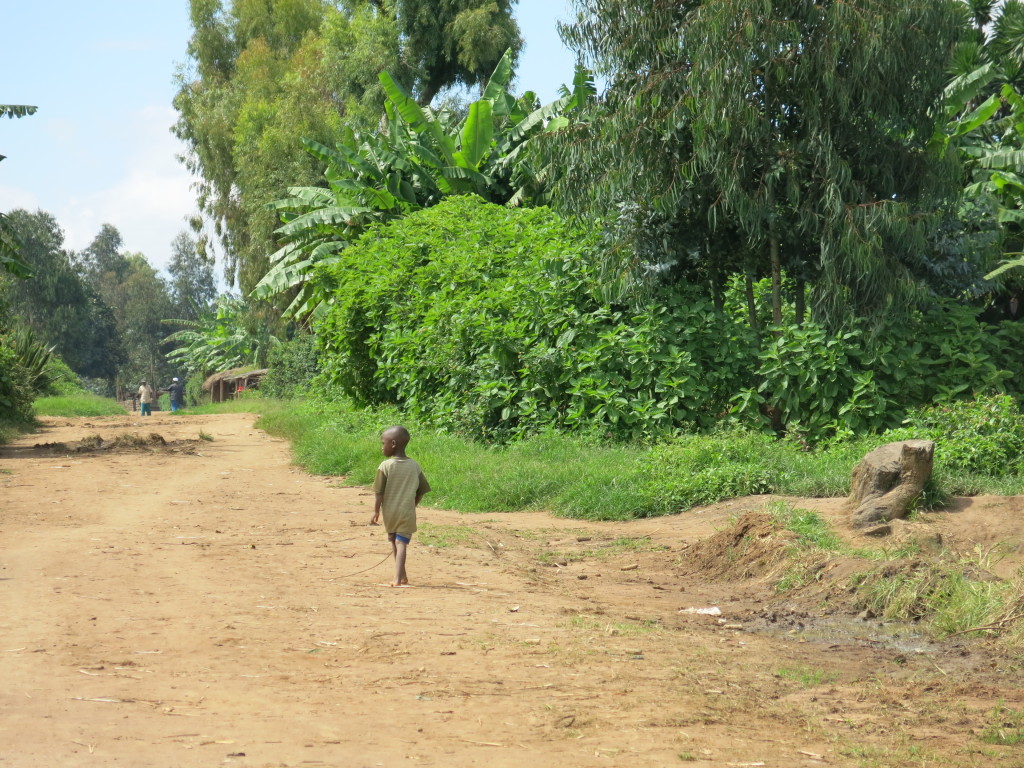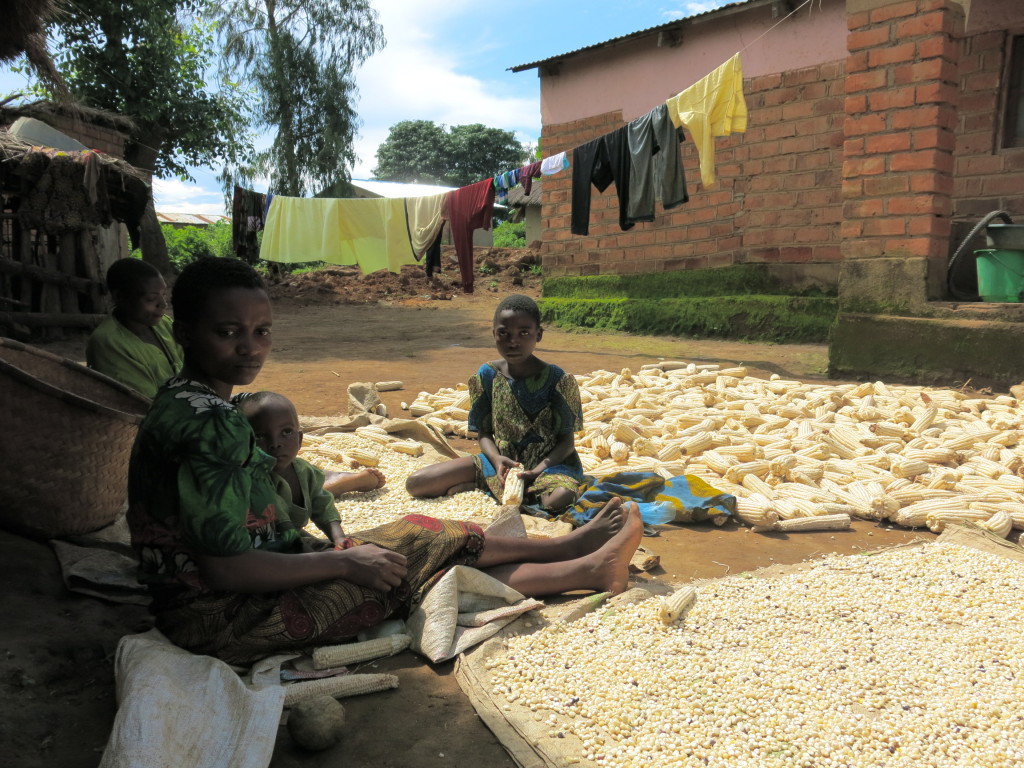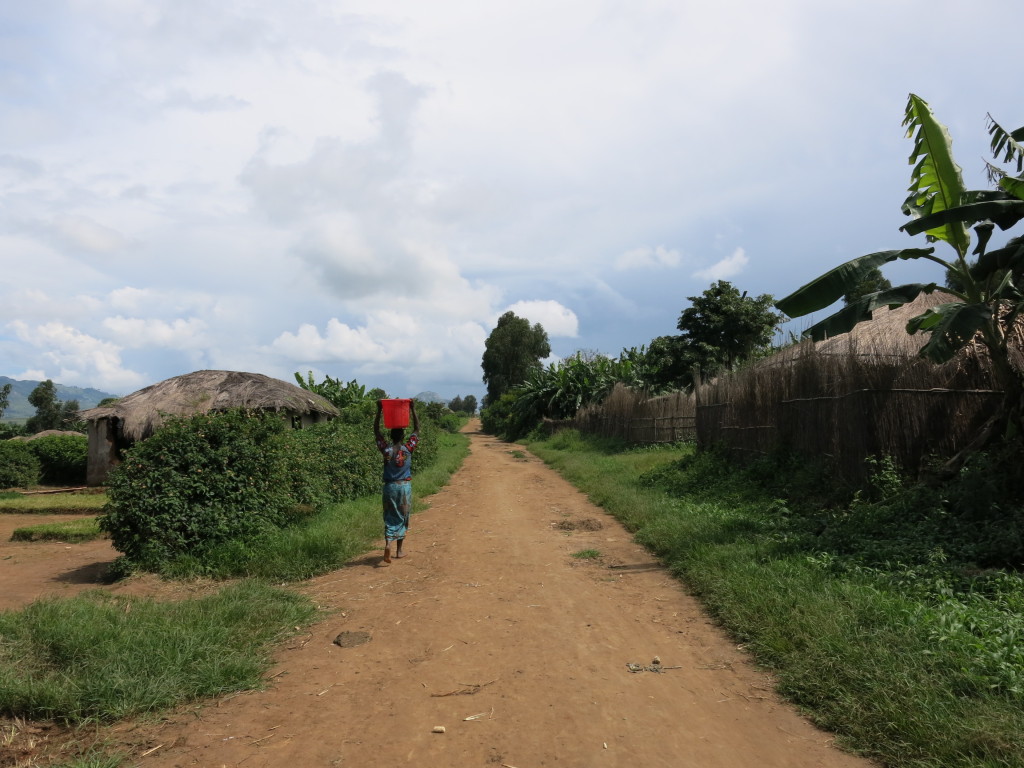Another journey has come to an end. I write journey and not trip, because most my travel is indeed journeys. I see so much and meet so many people, and I grow every time. Which I guess travel ought to be, but for many end up being more shopping excursions or recuperation on a beach or on a mountain. I put no value in it, I often long for recuperation travel but I always end up on some sort of journey (not counting my series of New York or Stockholm visits, because that’s just home).
This particular journey consisted of two weeks in Malawi. Just like when I went to Rwanda, I was in Malawi to look at risks to the agricultural sector. Over the past two weeks, I have met with farmers, public agricultural institutions, donors, and other participants in the sector, and discussed weather volatilities, price fluctuations, agricultural pests and diseases, unintentional herbicide contamination, crop thefts post harvest and in field, hippos and elephants eating crops and marching through the fields, crocodiles attacking farmers, and probably any other risk that comes to mind. Malawi has gone through periods of food shortages and is therefore more than aware of the devastating impacts that risks can have, yet minimizing the impacts of risks is challenging when most people are subsistence farmers and food and output markets are still in their infancy.
As always, I didn’t do much except working while I was there but since I went around the Central Region to speak to farmers and extension workers, I got to see a bit of the country (though not as much as the rest of my team, who went down South for four days). And Malawi is beautiful! Green flourishing, and hilly in some places and flatter in other. What really struck me is the maize that is grown everywhere. And when I say everywhere, I mean everywhere! Wherever I went and wherever I looked, there was maize. Although it’s a crop that has become popular only over the past century, maize is Malawi’s main staple crop that count for over 50 percent of Malawians diet. Even farmers who specialized in other crops would grow at least a third or so of maize for home consumption. There was even a maize plot in front of my office building in Lilongwe. When I first saw the green, hilly landscape, I immediately thought of wine and I was told at there is indeed some grape production in Malawi. But for now, the hills are covered with maize fields.
I also had a chance to see the magnificent Lake Malawi one afternoon after we had met with cassava growers in the area. So spectacular and yet so peaceful! The people I met were very nice and welcoming, and I am not at all surprised that CNN just named Malawi Africa’s next go-to destination 2014. Malawi is definitely worth visiting! Here are a few pics. More posts to come!
